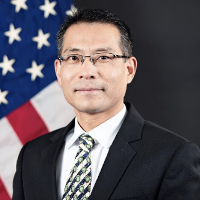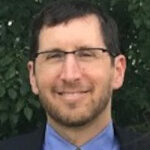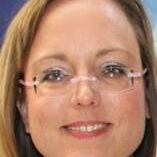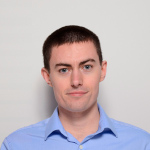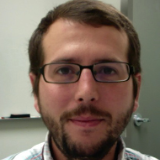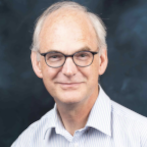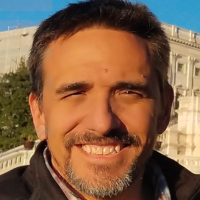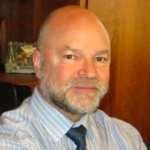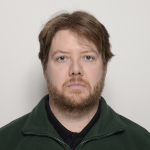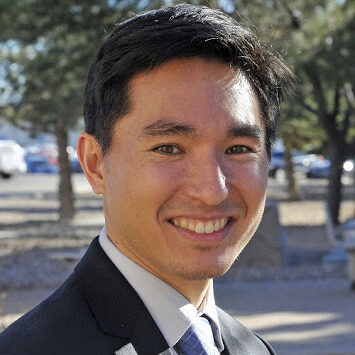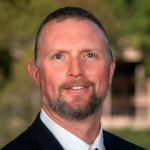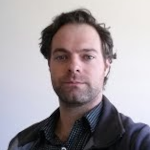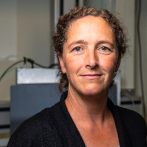Format of WORIA
The format of WORIA is intended to be modeled on the Workshop for Applied Nuclear Data Activities (WANDA), that is, run by a team of subject matter experts (SMEs) comprising an organizing committee. The co-chairs will report to the government team.
For the WORIA workshop, the organizing committee will consist of 3 co-chairs (2 US, 1 UK) and 2 session chairs per session. The WORIA Organizing Committee Co-chairs for the inaugural meeting are Paul Hausladen (ORNL), Andrew Nicholson (ORNL), Nerine Cherepy (LLNL) and Tom Crane (AWE).
The inaugural WORIA meeting will take place over three days and consist of an opening session, 7 discussion sessions, 3 poster sessions, and a closing session.
The primary purpose of the discussion sessions is to generate genuine discussion and exchange regarding future areas of R&D for each topic area. Each discussion session will address a charge identified by the organizing committee. The charge and participants will be identified ahead of time to enable homework prior to the workshop and genuine discussion and exchange during the workshop. Sessions Chairs and Co-Chairs will be responsible for consolidating the current state of the art in a presentation that sets the stage for subsequent discussions and for leading discussion regarding future areas of R&D for each topic area.
The primary purpose of the poster sessions is to provide a forum for participants to showcase technologies relevant to the workshop. This format is intended to enable in-depth conversations between participants that are not typically possible in a presentation format. Posters should identify relevant challenge questions and discuss the outlook of their subject technologies in this context.
Challenge questions
Except for the opening and closing sessions, each session will be tasked with identifying approaches and their fundamental limitations to achieving the following challenges/capabilities (note that not all may be applicable to each session). Some example approaches are enumerated.
-
Material Identification: Potential approaches can exploit differences in attenuation between multiple particles (e.g., x-rays, neutrons), multiple energies of single particles, or differences in the amount and angular distribution of scattering. Sensitivity to these differences can be achieved via use of multiple sources or detectors with energy discrimination or fronted by absorber gratings; etc. Fast algorithms are required to interpret data in near real time.
-
Improved SNR in count-limited and/or scatter dominated domains: Potential approaches include methods to reduce sensitivity to scattered flux through directional source emission, physical collimation, or coincidence collimation; fast gating of detectors to reduce integration of noise when the source is not on; and detectors that are more efficient to the signal of interest (e.g., MeV x-rays) by increasing detector efficiency or by implementing energy-binned detectors that can separately image the higher energy interactions of interest.
-
3D imaging: Potential approaches include time-of-flight imaging and few-view tomography with sparsity in some quantity (such as entropy, gradient magnitude, etc.).
-
Single-sided imaging: Approaches that enable single-sided imaging in addition to traditional transmission imaging are highly desirable. Potential approaches include x-ray backscatter imaging and neutron inelastic scatter imaging.
-
Improved resolution with MeV interrogation: Potential approaches include MeV microbeam sources and pulse-counting detectors that can centroid multiple pixels involved in a track.
-
Gains in practicality: Gains in practicality include substantial improvements in ruggedness, reliability, portability (reduced size, weight, and power), or timeliness of measurement or analysis. Gains in practicality also include substantial reductions in cost, complexity, or other barrier to deployment.
See the WORIA Agenda below – you can also download a PDF version WORIA_Agenda
